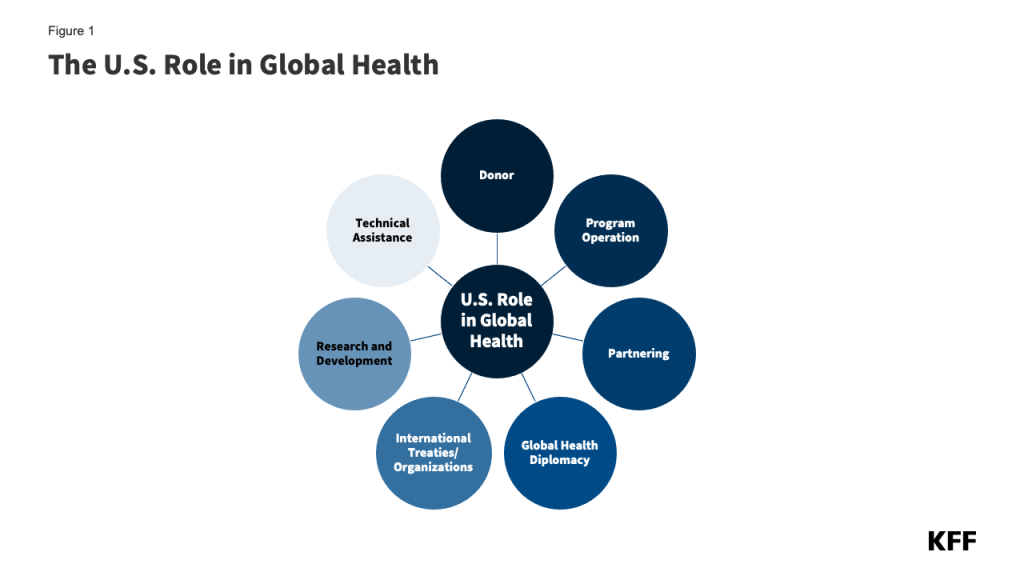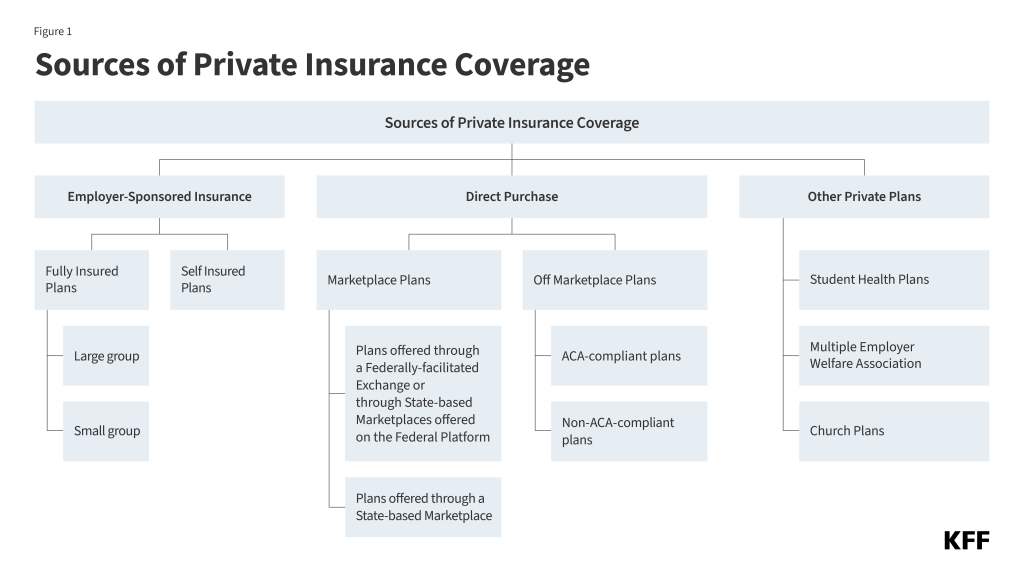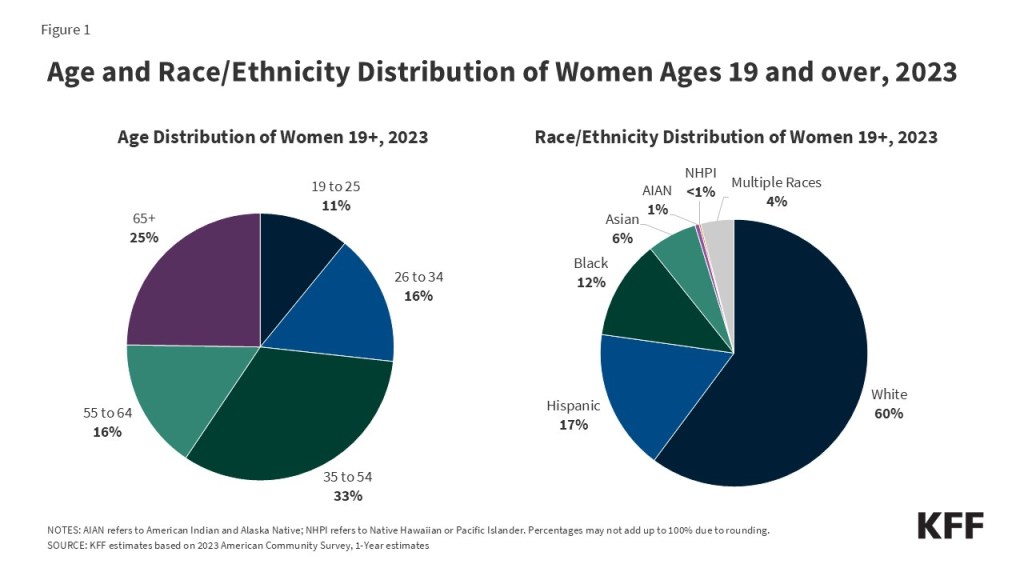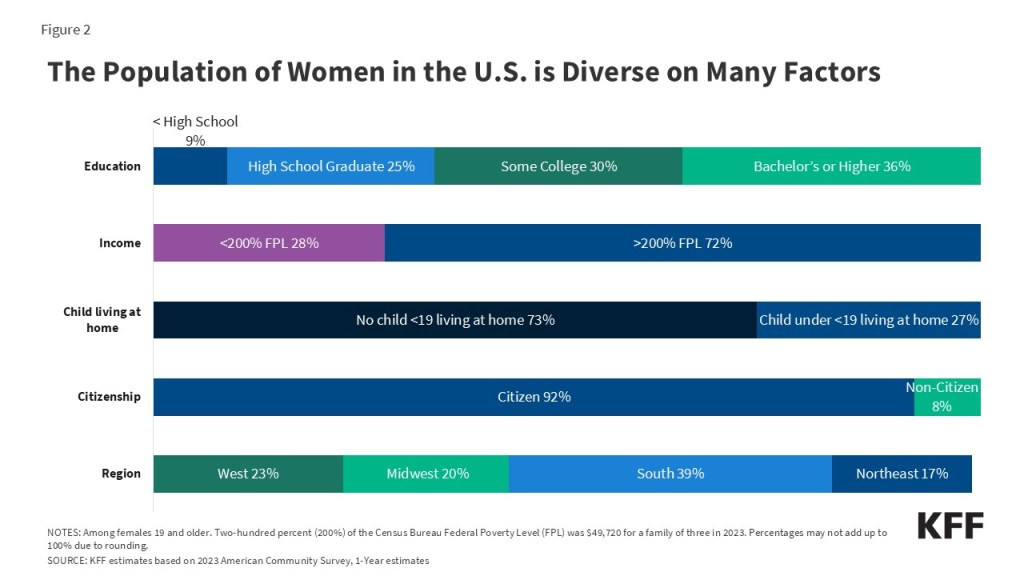Health policy and politics are inextricably linked. Policy is about what the government can do to shift the financing, delivery, and quality of health care, so who controls the government has the power to shape those policies.
Elections, therefore, always have consequences for the direction of health policy – who is the president and in control of the executive branch, which party has the majority in the House and the Senate with the ability to steer legislation, and who has control in state houses. When political power in Washington is divided, legislating on health care often comes to a standstill, though the president still has significant discretion over health policy through administrative actions. And, stalemates at the federal level often spur greater action by states.
Health care issues often, but not always, play a dominant role in political campaigns. Health care is a personal issue, so it often resonates with voters. The affordability of health care, in particular, is typically a top concern for voters, along with other pocketbook issues, and, at over 17% of the economy, health care has many industry stakeholders who seek influence through lobbying and campaign contributions. At the same time, individual policy issues are rarely decisive in elections.

 Larry Levitt
Larry Levitt  Rakesh Singh
Rakesh Singh 
 Jared Ortaliza
Jared Ortaliza  Matt McGough
Matt McGough  Cynthia Cox
Cynthia Cox 








 Stephanie Oum
Stephanie Oum  Kellie Moss
Kellie Moss  Jennifer Kates
Jennifer Kates 









 Kaye Pestaina
Kaye Pestaina  Rayna Wallace
Rayna Wallace  Michelle Long
Michelle Long 

















 Usha Ranji
Usha Ranji  Karen Diep
Karen Diep  Ivette Gomez
Ivette Gomez  Laurie Sobel
Laurie Sobel  Alina Salganicoff
Alina Salganicoff 














 Lindsey Dawson
Lindsey Dawson  Alex Montero
Alex Montero  Ashley Kirzinger
Ashley Kirzinger 















 Gary Claxton
Gary Claxton  Matthew Rae
Matthew Rae  Aubrey Winger
Aubrey Winger 












 Mollyann Brodie
Mollyann Brodie  Liz Hamel
Liz Hamel  Emma Wager
Emma Wager 
